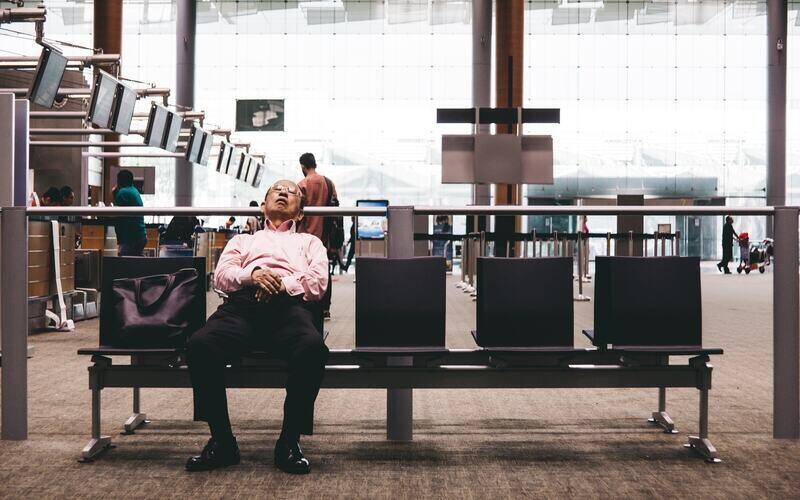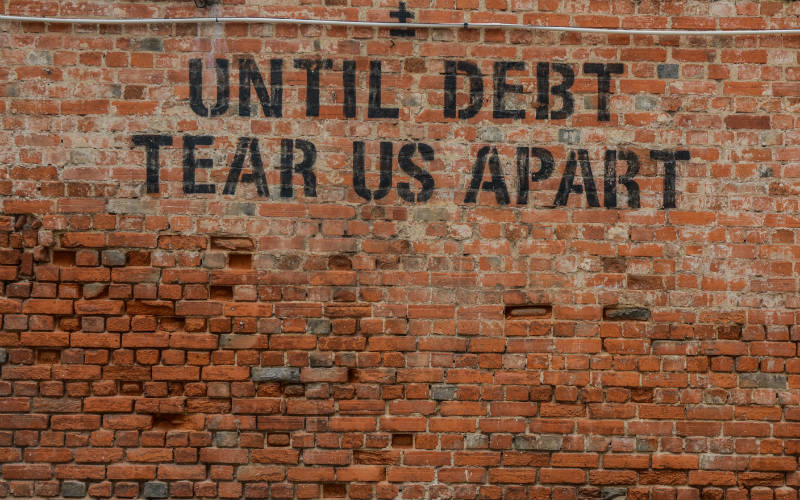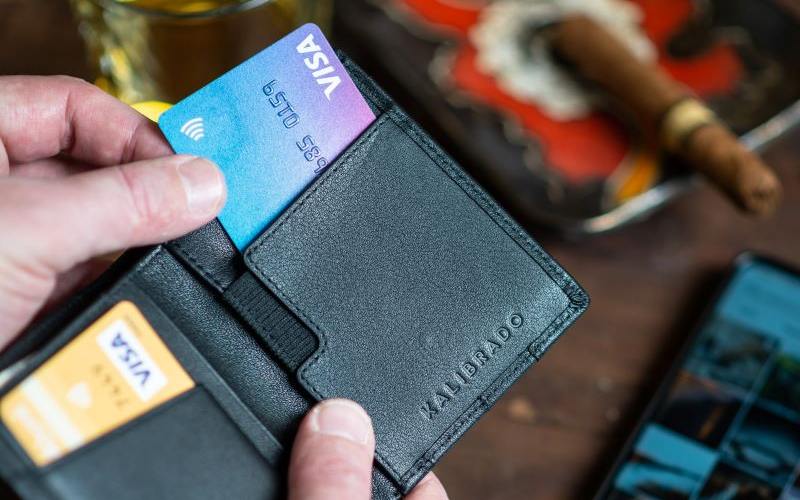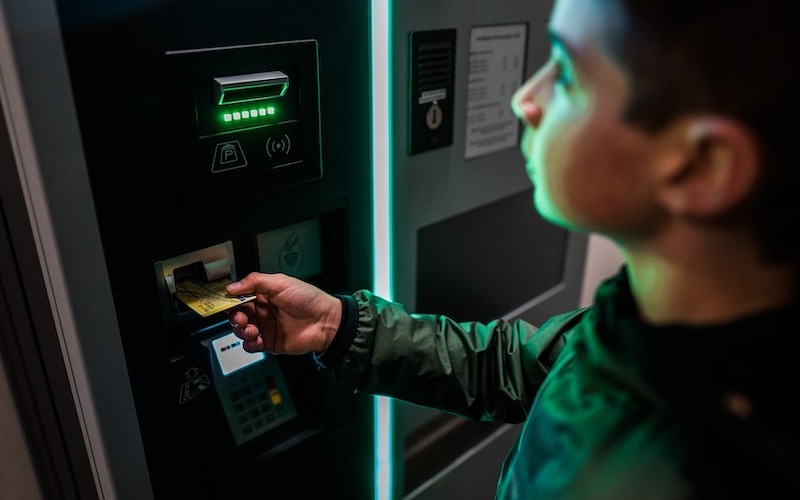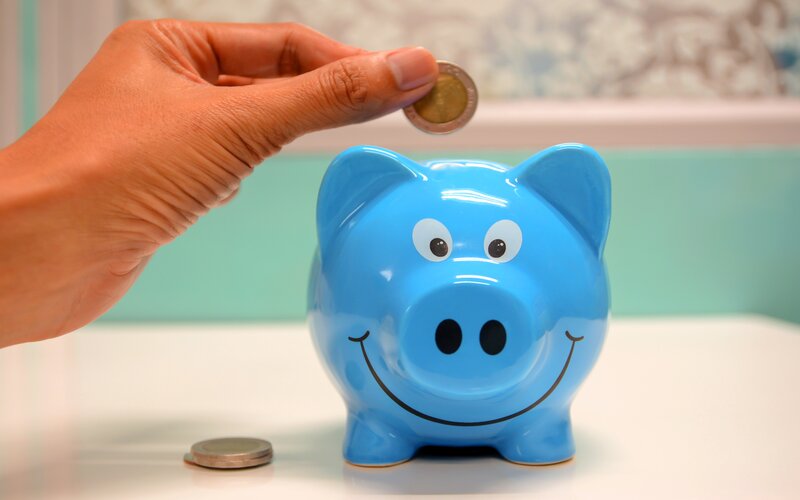Have you got a Netflix account? Gym membership? Pay for health insurance? If so, you will likely have a direct debit, if not numerous direct debits.
Direct entry payments (which include direct debits) are a major component of Australia's payments landscape accounting for an average yearly value of more than $15 trillion.
But how exactly do direct debits work, and what are the hazards of using them? Let's take a look.
What is a direct debit?
A direct debit is an automated transaction taken from one account to another, processed electronically. They're commonly used for recurring payments, such as:
-
Mortgage/rental payments
-
Insurance premiums
-
Utility bills
-
Subscriptions (streaming services, etc.)
-
Gym memberships
-
Phone/internet services
You get the idea. But one-off payments that you might make to family and friends aren’t direct debits. The ones we’ll be examining in this article are the automatic, recurring ones that don't require manual payment.
Direct debits can either be for fixed or variable costs that come out at set dates (e.g. the first day of each month) or at regular intervals. Direct debits are often taken from a transaction account, but some may also be taken from a credit card account.
Direct debits shouldn’t be confused with direct credits which are normally payments paid into your account. They're often used by businesses to make regular payments into transaction accounts - your salary, for example, is a direct credit. Other examples can include welfare payments, tax refunds, or dividend payments.
Advantages of direct debits
-
Can avoid late bill payment
-
Cuts admin time
-
Allows you to set and forget regular payments for essential services
-
Cheaper than payments made via cards
-
Environmentally friendly, as no paper is involved
How to set up a direct debit
Setting up a direct debit is giving authority for a service provider to withdraw money from your account. The process will be slightly different for each provider, but the general process will be the same:
-
You enter your debit card/credit card details when buying online, or
-
You provide your credit/debit card details on a paper form or in person when purchasing at a physical store.
The details you need to provide will depend on whether the direct debit is from a bank account or a credit or debit card:
Commonly required details for direct debit from a bank account
-
BSB
-
Account number
-
Account name
Commonly required details for direct debit via a recurring credit or debit card payment
-
Your card number
-
Name on the card
-
The card's expiry date
-
The CVV number (the three numbers on the back)
Direct debits are easy to set up which can sometimes cause issues for people who are juggling their finances. If you don’t have sufficient funds in your account the day a direct debit falls due, your financial institution and the service provider could both charge you a dishonour or overdraft fee.
The other concern is that they can be a little too easy to set up and that may be a problem for people who have trouble controlling their spending (hello credit card debt?). Fortunately, they're just as easy to cancel.
How to cancel direct debits
When finances are tight or you just don't want to keep paying for a service you don't need anymore, rest assured it's quite easy to cancel a direct debit. You can cancel them with the merchant that’s taking your money. Often this can be through an online account you may have had to set up on their website to start your direct debit payments.
You can usually log in and find the section where you can either cancel or postpone your payments. Obviously, this will mean you'll no longer have access to that service when the money stops leaving your account, but that's why you wanted to cancel anyway, right? If they don't have a comprehensive online facility, or you can’t find the place to cancel your payments, then call or email the provider to assist you to cancel the payments and send a confirmation that they’ve done so. As a customer, you have a right to cancel your direct debits at any time.
Alternatively, you can contact your bank directly and tell them you wish to stop the payments from your account. Under the banking code, banks must promptly process a customer’s request to cancel a direct debit. Also ask them for a notification confirming that they’ve done so and keep any correspondence.
Cancelling payments from your credit card
For payments that are coming from a credit card, you’ll need to contact your service provider first, then your bank. Again, make sure you get confirmation from each that your cancellation has been enacted.
The National Debt Helpline provides step-by-step instructions on how to cancel direct debits.
What are the dangers of direct debits?
Having money automatically leaving your bank account at regular intervals obviously presents a few risks.
The organisation could be untrustworthy
Always make sure you trust the service provider you are giving authority to take money from your account. Have a scan of their website and, most importantly, the terms and conditions that come with the direct debit. Major companies are generally trustworthy, but lesser-known entities need checking out before you hand over access to your bank account. Online reviews can be very helpful in doing some investigation.
If you get scammed, not only have you lost money, but you’ll also have the worry of a dodgy operator having your bank account details.
Similarly, if you spot an unauthorised transaction, or one for a larger sum than was agreed, you’ll need to contact your bank as soon as possible.
You lose control over your spending
Gone are the days of households writing cheques to individual merchants to pay their bills and doing an end of month tally. While automation is a much more efficient and reliable system, it can also lead to a ‘set and forget’ mentality.
A survey by ING in 2023 found Australians were spending an average of $105 a month on scheduled outgoings for services they either don’t use or had forgotten about.
Regularly reviewing your bank statements and ‘spring cleaning’ your expenses is the best way to keep on top of direct debits. You can also ask your financial institution to provide you with a list of your recurring direct debits and credits. (They are obliged to provide this under ASIC guidelines which we’ll talk more about below.) There may well be some services that you no longer need or access.
Alternatively, you can use some of the popular budgeting and expense tracking apps to help you keep control of your expenditure in the direct debit era.
Be wary of subscription creep
So-called ‘subscription creep’ is when more and more subscriptions add up over time without you realising it. You might be fine with paying for a monthly Netflix subscription. Then you decide to get another streaming service for a hot new series then sign up to access the collection of Disney-Marvel movies. Add in a gym membership and a new health insurance policy billed monthly, and…
Before you know it, you've got more than a dozen subscriptions every month, each one taking their payments directly out of your bank account. Even a dozen $10 subscriptions is $120 a month, which is $1,440 a year. You need to regularly audit your subscriptions to see which ones you could do without and which ones you don't even remember signing up for. There might be a former free trial in there somewhere that you forgot to cancel after a subscription-free period or a service you haven’t used for some time.
Move them over when shifting banks
If you’ve ever gone through the process of shifting financial institutions, you’ll need to be vigilant in transferring all your direct debits from your existing account to your new one. Direct debits to a closed account can result in late fees from the merchant, overdraft charges from your bank, and the potential cancellation of that service.
When switching, you are entitled to ask your bank for a complete list of the last 13 months' worth of direct debits, or you can check your transaction history online yourself. Under ASIC reforms made all the way back in 2012, banks have to support you in your desire to switch institutions, whether that's just downloading a list of your direct debits or actually contacting each payee and updating your details for you.
Note that there may be different rules depending on whether the direct debit is set up from your transaction account (i.e. using your BSB and account number), or directly from your credit or debit card (e.g. Visa or Mastercard). A bank might not be able to cancel or amend direct debits set up to be taken directly from your cards.
Do I have to pay by direct debit?
For some services, paying by direct debit may be a condition of having access to the service. It’s worth noting businesses can choose which payment types they’ll accept, and these should be outlined to consumers in their terms and conditions.
If you still want access to the service but wish to pay using another method, you’ll need to contact the provider directly to see if there is another form of payment they will accept. Some providers may accept an automatic payment set up through your online banking instead of a direct debit. This way the provider will still control the debit, but you can start, stop, or change the automatic payment yourself.
Some businesses may also offer a discounted price for people paying with direct debits. If that’s the case and you’d prefer to pay another way, ask if they’ll offer you the same price.
If you’re not offered any other way to pay for a service, you may have to shop around for another service provider.
Savings.com.au's two cents
Direct debits are now a staple of the Australian payments landscape. They can be efficient, convenient, and cost effective, but you need to stay on top of them. Keep track of what’s going in and out of your account yourself or ask your financial institution to provide a list of the merchants accessing your account, as they’re obliged to do.
A good way to help you ensure you’ll have enough in your account to cover your direct debits is to set them up to come out in the days after your pay goes into your account. Ensure you do a direct debit spring clean on a regular basis to keep your transactions to services you need and are actually using.
First published on May 2019
Image by Andrea Piacquadio via Pexels



 Denise Raward
Denise Raward
 Harry O'Sullivan
Harry O'Sullivan
